We don’t talk about using dermal fillers in the nose nearly as much as we do the lips, jawline, or tear troughs, but non-surgical rhinoplasty can achieve truly life-changing results for a lot of people who are unhappy with the shape of their nose.
It takes serious skill and experience to perform a non-surgical nose-job safely (more on that later) and get right, but it’s a brilliant tweakment in the right hands. I spoke to TTG-registered practitioner Dr Zainab al-Mukhtar – a specialist in non-surgical rhinoplasty – to find out what can and can’t be achieved, the risks involved, and when surgery is the best option.
What concerns can non-surgical rhinoplasty treat?
Whatever your bugbear is with your nose, it will fall under one of these concerns:
- Dorsal hump – essentially, a bump on the nose.
- Drooping nasal tip – where the tip of the nose lacks projection and points downwards.
- Dynamic nasal tip – ‘Which means that when somebody smiles, the tip of the nose actually moves, because of excessive or very active muscle movement at the base of the nose’, explains Dr Zainab.
- Nasal asymmetry – when the bridge of the nose deviates to one side, what might also be known as a ‘crooked’ nose.
- Lack of definition of the nasal bridge – noses that have flat bridges and can appear wide, most commonly found in East Asian, Afro-Caribbean, and Southeast Asian patients.
- Deep radix – an uncommon concern for patients but often picked up on by injectors. ‘The radix is the root of the nose, the base between the forehead and the nose as the nose takes off from the forehead. On women, when it’s too deep, it can look a little bit masculine,’ says Dr Zainab.
- A bulbous tip – which requires the cartilage at the tip of the nose to be sculpted into the desired shape.
What can non-surgical rhinoplasty do?
A lot, actually, and more than I realised before speaking to Dr Zainab for this story. The right type and amount of dermal filler placed correctly can be used to intricately sculpt, smooth and re-shape – it’s far from all about volume and plumping. But some of the above concerns are more straightforward to treat than others.
A mild dorsal hump should be quite nicely and easily disguised, a slightly droopy tip can be lifted, toxin can be injected in the base of the nose to reduce the movement in a dynamic tip, and a nose with a flat nasal bridge can be augmented to highlight the centre point of the nasal bridge and create definition, says Dr Zainab. But other concerns are trickier to treat and more dependent on the degree of the deviation (not a nice word, but it’s the medical term for something different from the norm).
‘It depends on the extent of the deviation. Sometimes we can fully correct or disguise it with non-surgical rhinoplasty, and often [the treatment] can still improve it, but perhaps not always fully correct it,’ says Dr Zainab. Like with a dorsal hump for example, which becomes more of an issue if the bump is very high up on the nose. ‘If it’s so high or so large, you can’t add filler on the radix to augment the top and disguise the hump, because if you were to fill that depression at the root of the nose, you’d create an overfilled, ‘avatar-like’ appearance. [The patient] would need too much filler to disguise it.’
The same can be said for a drooping tip – the limitations of non-surgical rhinoplasty come into play if the tip is heavily drooping and really lacks projection – ‘It doesn’t mean we can’t do it, but we will explain to the patient that it may not reach their ideal scenario and they might need surgery,’ says Dr Zainab.
A bulbous tip can be improved to an extent, but the degree of this improvement is very much dependent on how much cartilage and fatty tissue a patient has under the skin. ‘If you’ve got too much cartilage and thick fatty tissue, plus very thick skin itself, when you put filler in there, you are only going to make it more bulbous, rounder and, not as sharp. The situation in which it could work well is if somebody’s got a bulbous tip, but it’s a little bit flat, doesn’t have too much fatty tissue and has thin skin – then we can sharpen up that tip by augmenting with a bit of filler.’
Overall, most patients Dr Zainab sees for their nose can be treated non-surgically, and those that can’t – of which she says make up a couple of consultations per week in her practice – are given information on alternative options and referred to a plastic surgeon.
What are the risks of non-surgical rhinoplasty?
We always suggest looking through before-and-after pictures of practitioners’ work before choosing who you see for a tweakment, so it helps to know what to look out for with non-surgical rhinoplasties that should throw up a red flag. ‘One of the most common problems I see with noses that have been treated elsewhere that I have to reverse and re-treat, is when the radix of the nose has been overfilled.
‘It then settles either side of the nose, so it actually widens the bridge of the nose at the top,’ says Dr Zainab. ‘It looks quite puffy and unnatural from the front view, and then from the side view, it looks very, very over-projected and masculinised. That is classic overfilling, and you need to be looking out for it.’
‘The other thing to look at is the tip of the nose. If the tip has been overfilled, it will not look like a sharp, ‘pixie’ tip, it will look round and sometimes over-projected. Because it’s been overfilled, that filler then migrates down and it looks quite round and lacks definition, and that should be looked at as well, because what we tend to want to achieve is a refined and defined nasal tip that shouldn’t be too bulbous looking. It needs be very small, precise amounts to achieve just the right amount of lift and change without overfilling.’
Is non-surgical rhinoplasty dangerous?
But probably the most important thing to be aware of are the dangers associated with injecting dermal filler in the nasal area – it’s one of the highest risk areas because of the complex anatomical structures that run through the centre of the face, so you really want to be putting your nose in safe hands.
This isn’t intended to scare anyone away from the treatment, but if the filler isn’t injected at the correct depth by someone who understands the anatomy of the nose, there’s a higher chance of intravascular injection, ‘Which means injecting into an artery, which would block it and [can lead to] necrosis or death of the skin tissue,’ says Dr Zainab. ‘Even more catastrophic would be permanent visual loss, for which the nose is the highest risk feature in the face.’
Ultrasound scanning for non-surgical rhinoplasty
For this reason, make sure your practitioner explains the risks and how they would manage a complication should one arise. You also need to know the signs to look out for once you’ve left the clinic, and in the days thereafter. ‘Look for somebody who demonstrates a degree of consideration and knowledge around safety and complications and managing them and preventing them,’ advises Dr Zainab.
Even better, many practitioners are now using ultrasound facial scanning devices to assess the face before injecting. This doesn’t mean the risk disappears, but it’s greatly reduced when the practitioner can see what’s going on below the surface of the skin. ‘There is not one nose I will inject without scanning first now, so if I see a vessel where it shouldn’t be… that patient will not have the non-surgical rhinoplasty. They will be advised to go down a different route or to come back in a year for reassessment, or we will change our technique if possible to make it safer.’
.
The Tweakments Guide Takeaway
It takes serious skill and experience to perform a good (and safe) non-surgical rhinoplasty, but for the right candidate and in the right hands, it’s a brilliant tweakment. Now you know what to look out for and the questions to ask, use our Practitioner Finder to find a brilliant practitioner to entrust your nose to.
Join Our Mailing List
This is the best way to stay in the loop with our latest news and updates, including industry titbits and tailored offers.
Related Stories
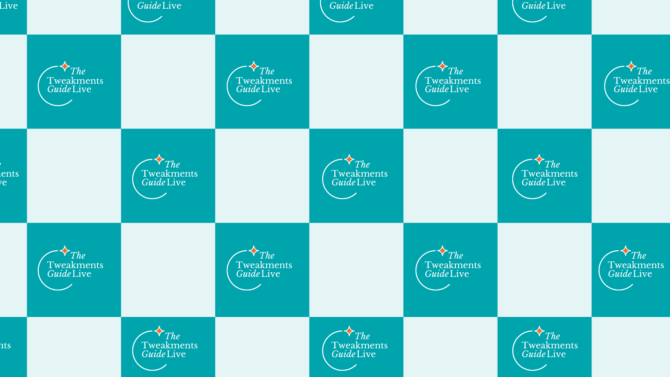
Concerns
Where To Find The Best Advice From TTG’s Leading Practitioners
Have a burning question about tweakments and/or skincare? Premium spots for The Tweakments Guide Live may...
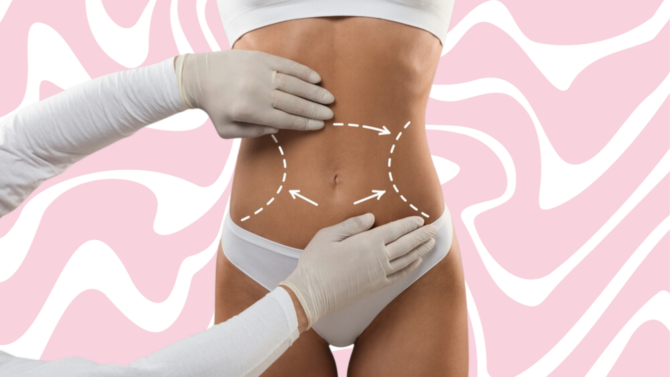
Concerns
Tone, Sculpt, Reduce: Our Favourite Body Contouring Tweakments
If you are struggling with stubborn fat and sagging skin that doesn’t want to budge even with a healthy...

Concerns
Try These Next-Gen Facials For Your Pre-Christmas Party Prep
From providing an instant skin glow to targeting fine lines and sun damage, the next generation of advanced...
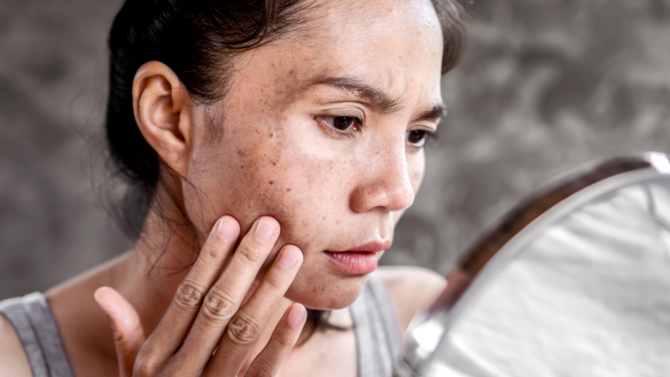
Concerns
How To Treat Your Hyperpigmentation With Our Favourite Treatments
The clocks have gone back and the nights are getting colder – but at least there’s a light at the...

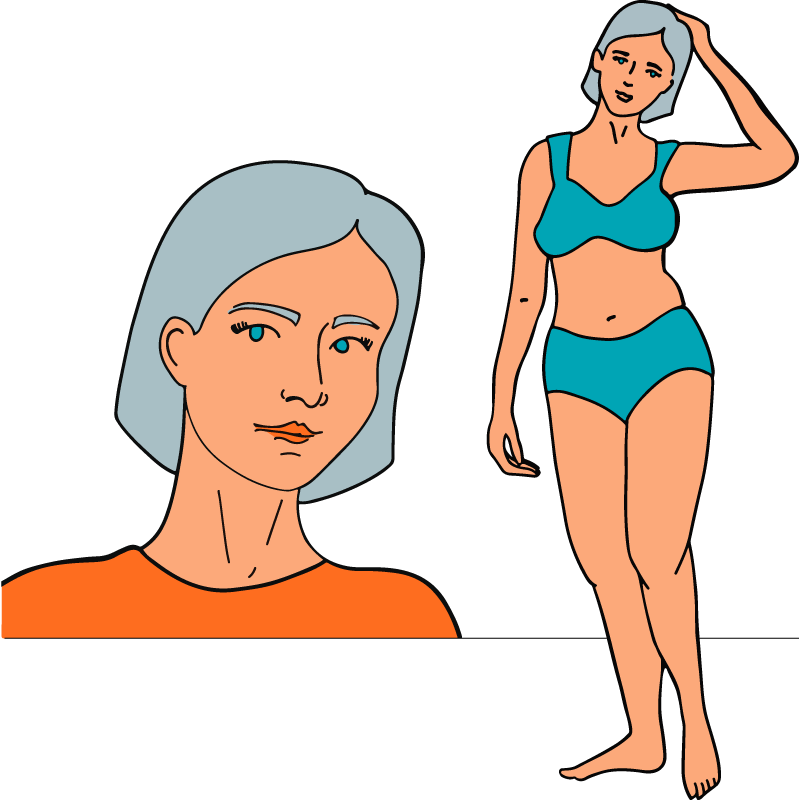



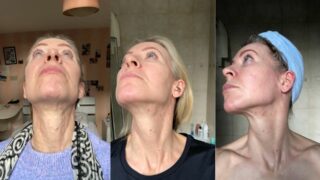

 The Tweakments Chatbot
The Tweakments Chatbot